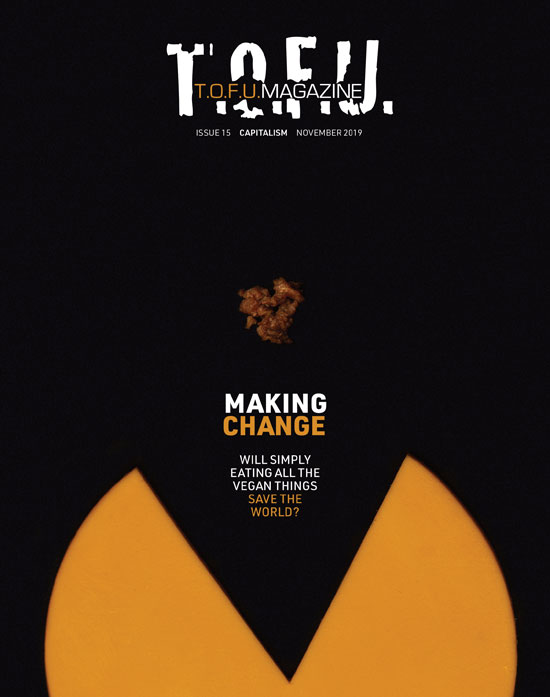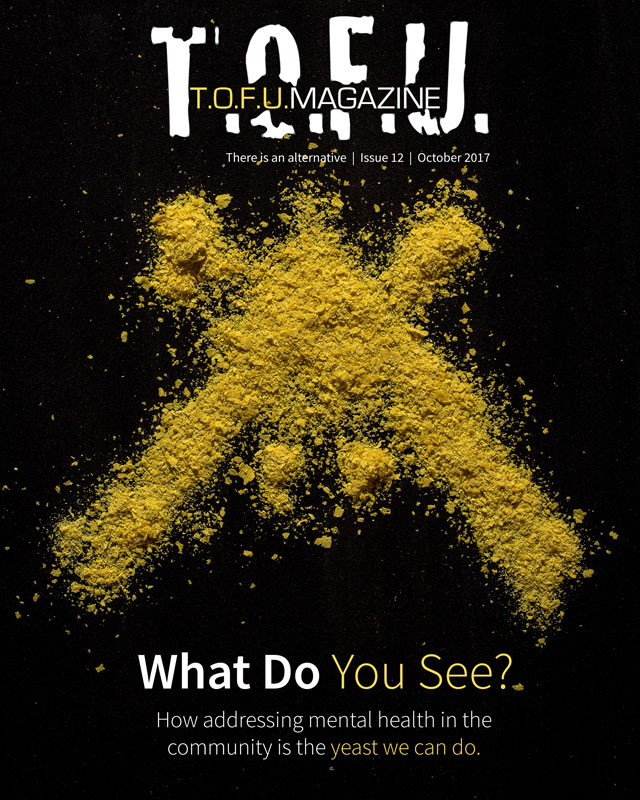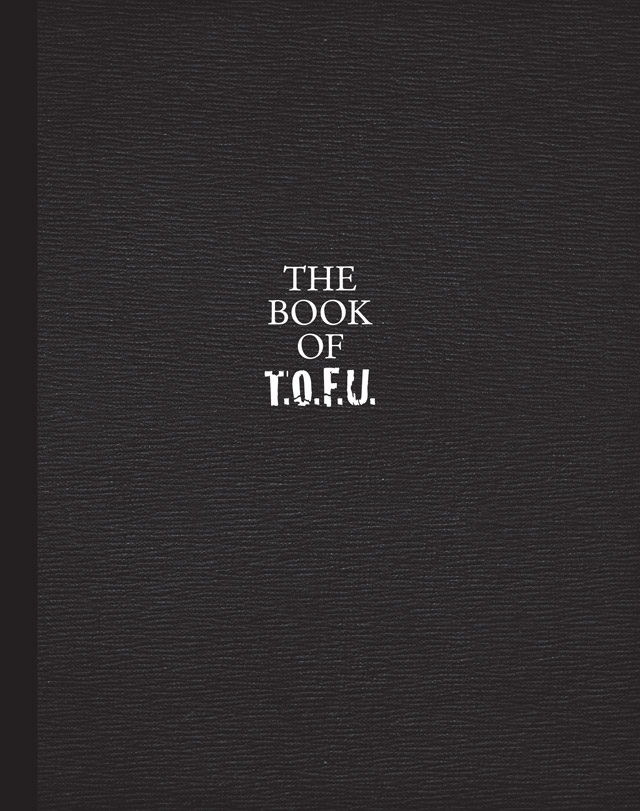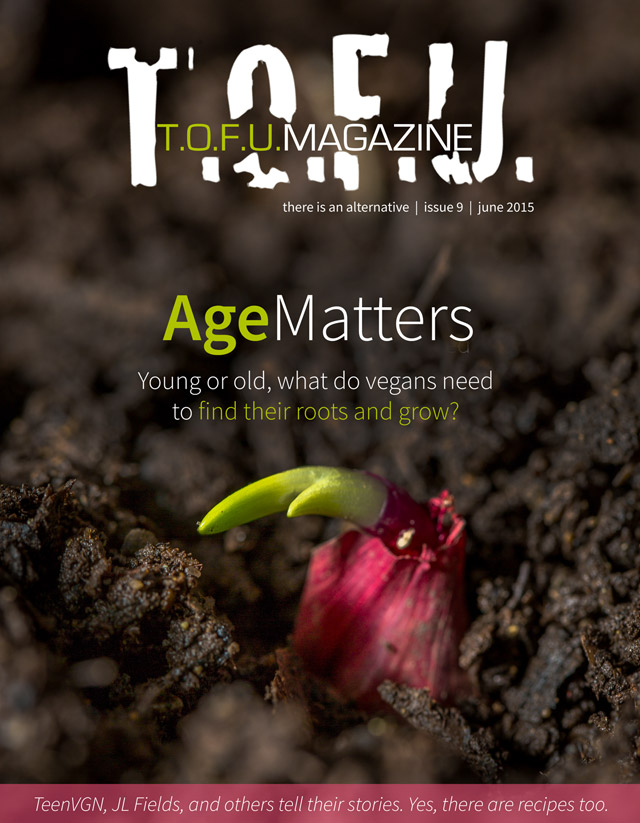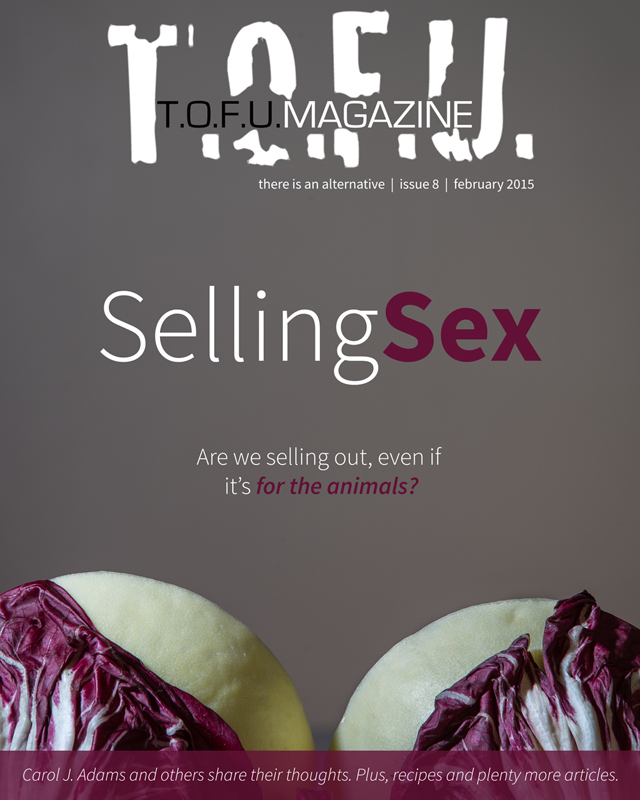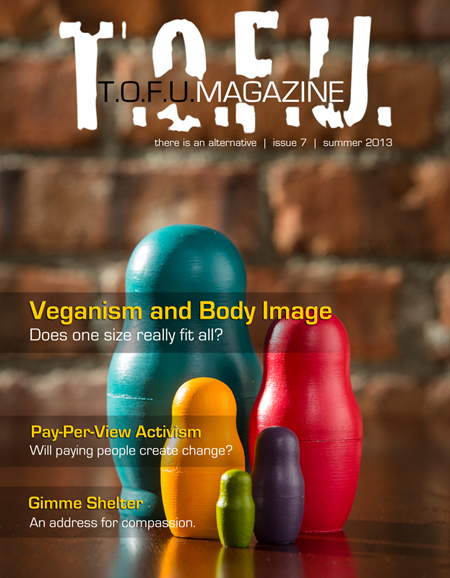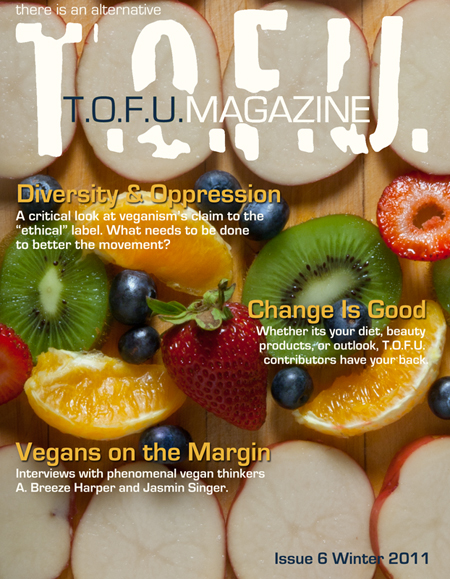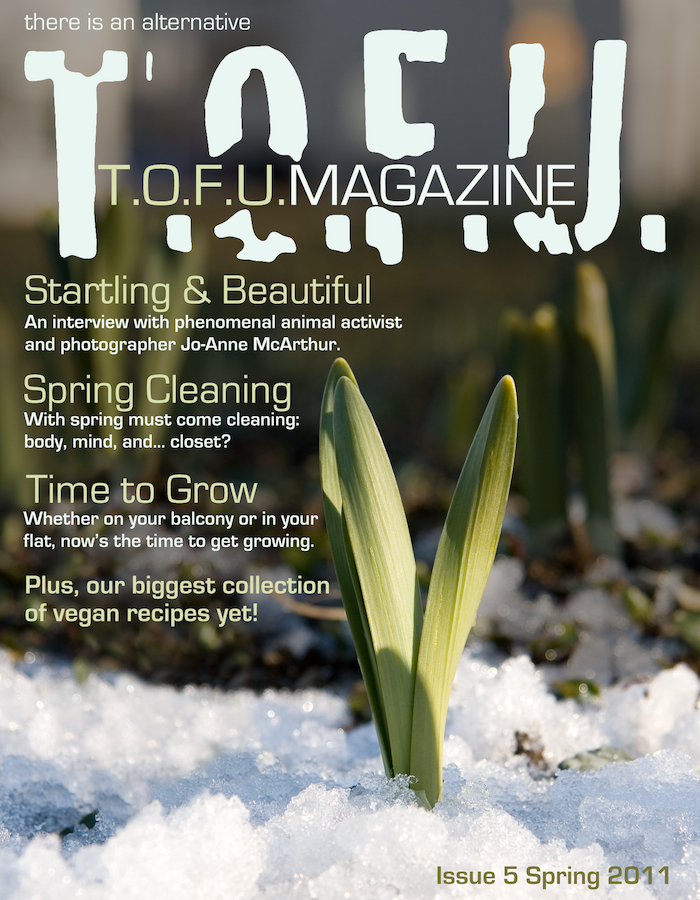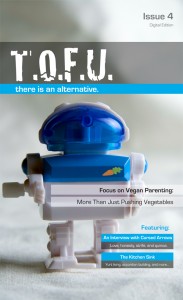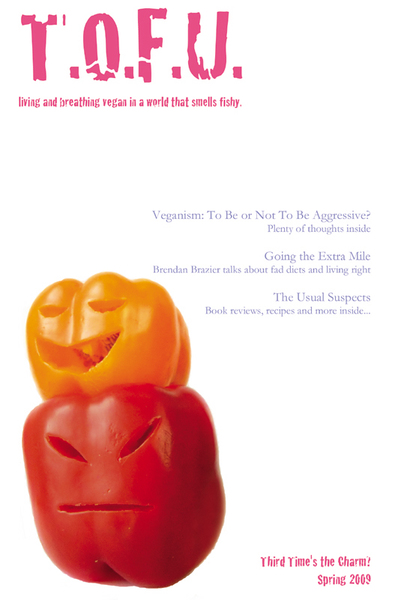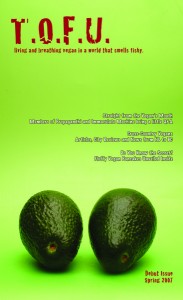Review | Veganism, Sex and Politics
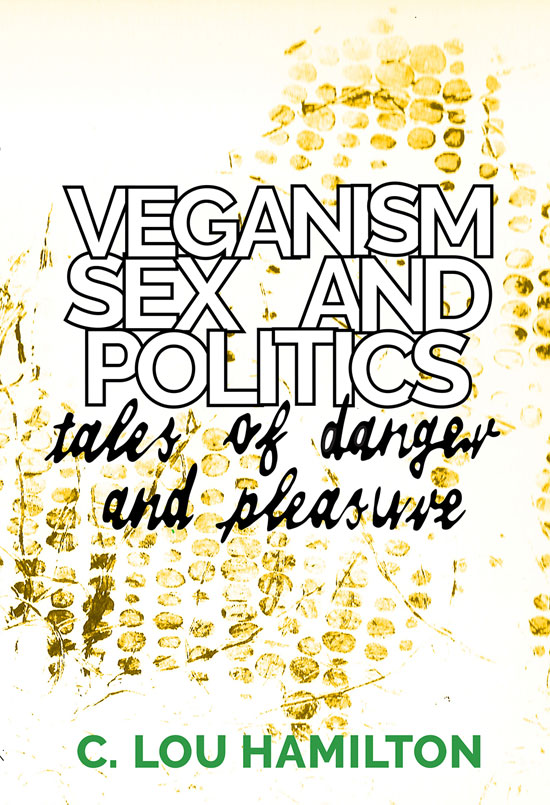
If you’ve been following along, you know that I’m not the one who usually does the reviews. Hell, I barely even write articles for the magazine anymore, and that’s pretty much been a conscious decision on my part. Not only do I want to promote other voices through the magazine (other than another white male vegan), but I’m also just plain lazy and intimidated by the thought of writing something other than a simple blog post or a confession that I am an imposter.
So, I have to admit that I dragged my heels more than a little bit before sitting down to make this review of Veganism, Sex and Politics: Tales of Danger and Pleasure finally happen. To be fair, I have been focused on getting the next issue out and also working on a few other things, but I’ve certainly had the time to read the book given how much my Netflix history suggests I’ve “accomplished” over the last few months.
After finishing it late last month, I can safely say that my avoidance of the book wasn’t warranted due to its content. It surely offers something to the vegan community, as well as those on the outskirts, and it brings together a small history, both personal and other, of veganism that folks should learn. Personally, I found a number of things hitting home and kind of making me re-think how I saw my veganism, our place in the world as humans, and other aspects of activism and life.
Although I’m sure you will have a different experience reading the book than I did given different backgrounds and so much more (something the book thankfully stresses is important when it promotes the idea of a “contextual ethical veganism” as compared to the more common white veganism or mainstream “one size fits all” mentality”), I thought that highlighting some of the things that stuck out for me might help give you an idea of what to expect. In no certain order, they were:
- the unique perspective gained when someone is faced with a life-threatening encounter with another animal, which is illustrated by the story of Val Plumwood and her near-death experience with a saltwater crocodile in Australia. The concept of humans rarely feeling like prey, and her fight to avoid the narrative of masculinity and overcoming nature when her survival story was told was interesting to me, and it certainly made me think a little more about how truly detached we are from the experiences had by animals in factory farms and other deadly scenarios.
- the separation of animals from humans in the concept of justifying an animal’s death if nothing goes to waste only to then ensure that our bodies are buried in coffins and kept from being reclaimed by other living beings. Personally, I’ve always thought I would be cremated, but this too has problematic implications when it comes to refusing nature’s claim to my body after I’ve passed.
- the discomfort, loss, longing, and disconnection that can come from going vegan. As a white Canadian from Newfoundland and Labrador, I know I didn’t experience as much of a loss or disconnect from my culture when I chose to go vegan as compared to plenty of other people (I never really cared much for fish anyway), so reading more about C. Lou Hamilton’s personal reflections on this, especially as someone within the queer community, helped to shed more light on the difficulties we need to acknowledge and help people deal with in order to make veganism more accessible and maintainable in the long-term.
- discussions around clothing, particularly leather, and the connections and significance these items can have to a person or a community were informative too. Personally, I’ve little interest in fashion, outside of my much-loved band shirts, so I’ve never felt like I lost access to something by choosing to avoid animal products in this area. However, as Hamilton illustrates, there are many people in a number of communities (some of them already marginalized) who develop connections related to clothing and materials, and figuring out how to maintain your involvement in this chosen family while also being aware of the violence involved in the material is a difficulty that many might not think of.
- in regard to being marginalized, I also had an enlightening moment from a simple sentence or two near the end that talked about how those who have experienced being othered by the majority may not be so keen to remove the divide between people and animals since they may have only recently gained the benefit of being seen as human themselves. Again, this sort of perspective is much needed within the mainstream vegan community, and having it presented this way helped me understand just a little bit more the complications that exist with going vegan when you’re not white, financially stable, etc.
- speaking of being white, the portion of the book focusing on white supremacy and the adoption of veganism within a certain part of the problematic group is important too. As someone who has been involved in numerous discussions with vegans who think criticizing anyone who helps the animals for their actions outside of that is wrong, the fact that some white supremacists are also adopting a vegan diet is something that I feel should be discussed more. Veganism shouldn’t give anyone a pass for their other actions and beliefs, and we need to realize it since veganism is being adopted by more and more different people these days. Along with this, Hamilton discusses the need to keep in mind the words we use and the way we frame veganism as an act of purity, especially since some forms of it are accessible only to white and privileged people. Through our actions, we are overlapping similar ideas of white supremacists, and this should be avoided without a doubt.
Obviously, the book brings up a number of important points, and I’m happy to say that I found many to be of interest and also educational. As someone who has been vegan for over a decade, and actively involved in the pro-intersectional, anti-oppression approach for years, I’m always hesitant to read books focused more on introducing the concepts and recounting the history, but I’m happy that I did in this case. Whether you’re just starting out in this area of veganism, or you’ve been here for awhile, Veganism, Sex, and Politics probably has something to offer you.
On that note, I will say that I felt some portions of the book dabbled in food shaming and perhaps ran a little too close to the idea of clean eating with negative framings of burgers and other “vegan junk food”, but otherwise the book touches on plenty of important things and promotes a more inclusive idea of veganism than the common framework being used by too many now.
For more info, please see the publisher’s website here.
Finally, my friend, Jenny Marie, also reviewed the book on her blog, and she’s currently hosting a contest to give away a copy. So, I recommend you check that out for more feedback on the book and a chance to win one.

